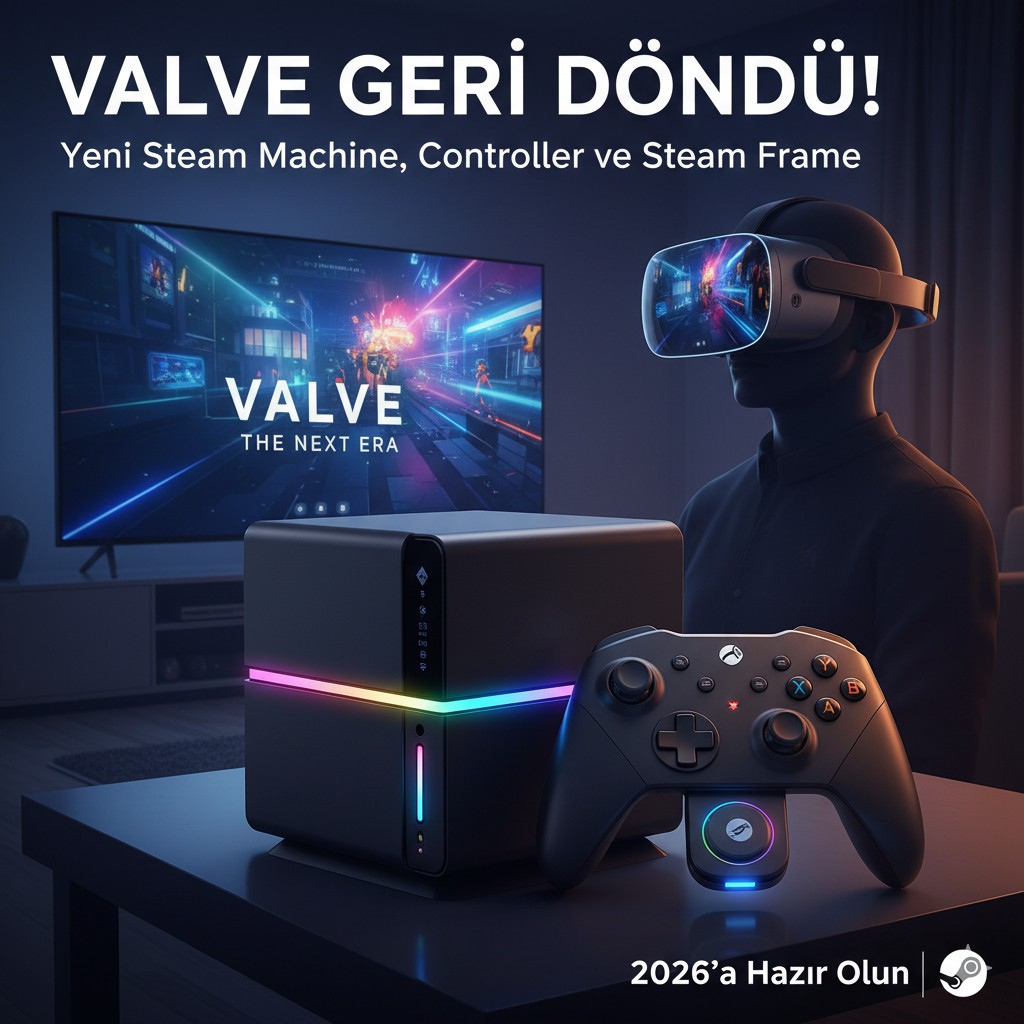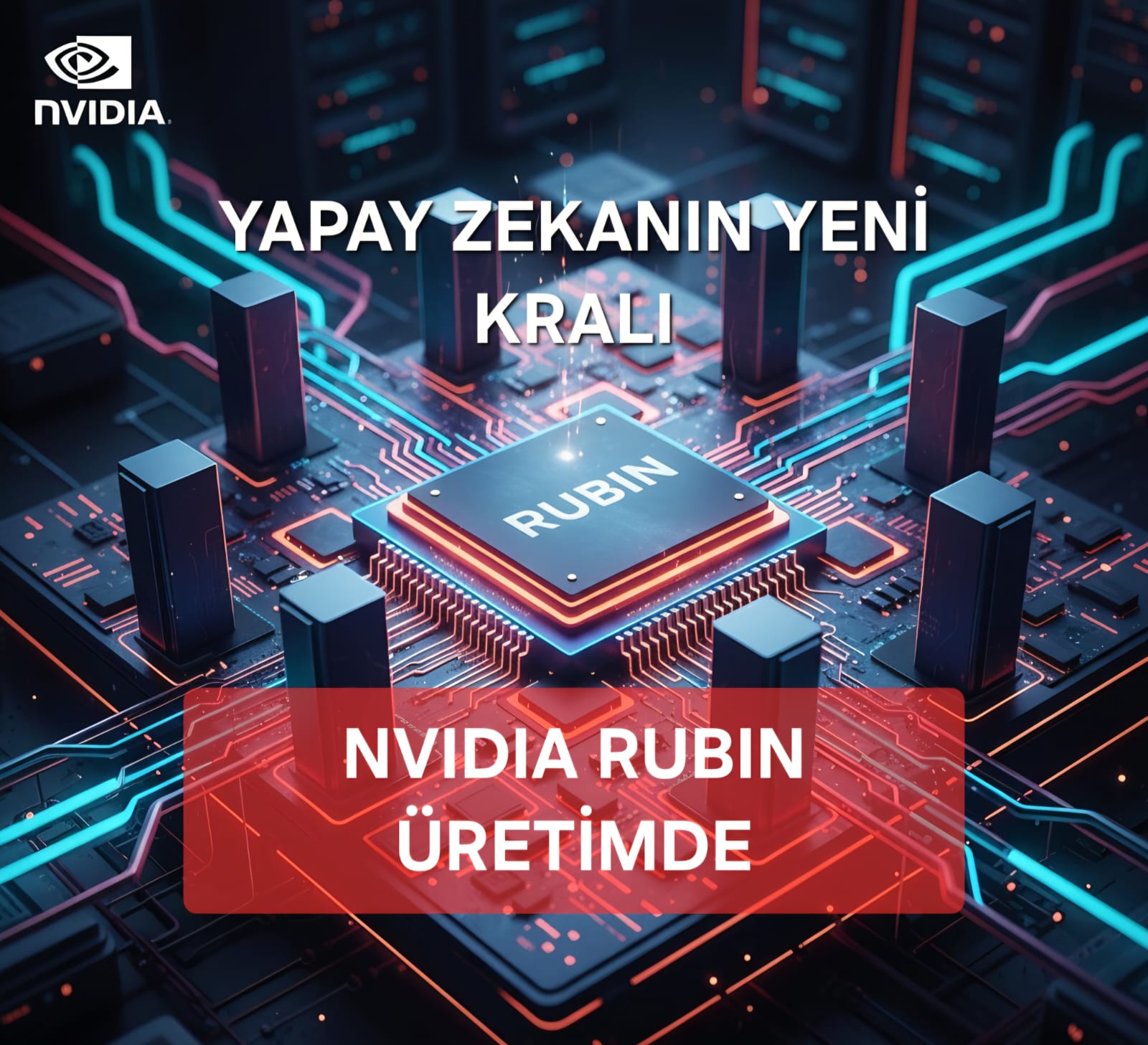Nvidia has introduced the RTX Pro Blackwell series, designed for professional users. This next-generation lineup includes the Nvidia RTX Pro 6000 and RTX Pro 6000 X Blackwell models. Notably, the RTX Pro 6000 Blackwell features 96GB of GDDR7 memory, making it an ideal choice for professionals seeking top-tier performance. With a 512-bit memory bus and 24,064 CUDA cores, this GPU is built for demanding tasks. Moreover, it competes with Nvidia’s RTX 5090 and RTX 5070 from the RTX 50 series in terms of performance.
The RTX Pro series is optimized for AI applications and graphics-intensive workloads. With a 600W power requirement, this new GPU incorporates high memory capacity and a GDDR7 memory bus. Leveraging Quadro and Blackwell architecture, this flagship product enhances high-resolution professional display experiences. Manufactured by PNY, these GPUs are further optimized with Blackwell Max-Q technology to improve efficiency.
What is NVIDIA RTX Pro 6000 Blackwell?
Blackwell Architecture-Based GPUs
Nvidia’s Blackwell architecture is designed for high-performance and energy-efficient GPU computing. The RTX Pro 6000 is tailored for AI-powered tasks, ray tracing technology, and advanced graphics processing, making it an ideal solution for professional users.
NVIDIA RTX Pro 6000 Features
The RTX Pro 6000 boasts 96GB of GDDR7 memory, 24,064 CUDA cores, and a 512-bit memory bus. This hardware delivers exceptional computing power for large-scale calculations and high-end professional graphics processing.
GDDR7 Memory Capacity
Compared to previous generations, GDDR7 memory offers higher data transfer speeds and lower power consumption. This enhancement makes the RTX Pro 6000 ideal for big data processing, rendering tasks, and high-resolution graphics workloads.
What Does the RTX Pro 6000 X Blackwell Offer?
Next-Gen GPU Design
The RTX Pro 6000 X is built on Nvidia’s next-generation GPU design, combining power efficiency and performance. With a dual-chip design, this model offers greater parallel processing power, making it perfect for complex AI computations and high-polygon graphics modeling.
What Do 24,064 CUDA Cores Mean?
CUDA cores allow GPUs to handle parallel processing. With 24,064 CUDA cores, the RTX Pro 6000 can process multi-threaded tasks efficiently and quickly. This is especially beneficial for scientific computing, big data analysis, and 3D modeling.
Advantages in Professional Display Use
The RTX Pro 6000 supports multi-display setups, 8K resolution, and enhanced color accuracy, making it ideal for video production, graphic design, and engineering applications.
How Does the RTX Pro Blackwell Series Perform?
Performance Testing with 96GB VRAM
With 96GB VRAM, the RTX Pro 6000 offers significant advantages for complex graphics processing and large-scale simulations. This makes it a top choice for architectural rendering, film post-production, and AI model training.
Effectiveness in AI Applications
Built with AI acceleration technologies, the Blackwell architecture utilizes Tensor cores to improve deep learning, machine learning, and neural network training.
Suitability for Workstations
The RTX Pro 6000 is engineered for engineering, animation, simulations, and scientific research. Despite its high power consumption, it features optimized cooling solutions and energy efficiency, ensuring consistent workstation performance.
What Are the Differences Between the RTX Pro 6000 and RTX 6000 X Blackwell?
Model Comparison
The RTX Pro 6000 and RTX 6000 X differ mainly in memory capacity, power consumption, and core structure. The RTX 6000 X has a dual-chip design, enabling greater processing power, while the RTX Pro 6000 maintains a balanced single-GPU setup.
Price and Performance Analysis
The RTX 6000 X commands a higher price due to its increased processing power, while the RTX Pro 6000 provides a more balanced price-to-performance ratio, catering to a wider user base.
Which Model Is Best for Which Users?
• RTX Pro 6000: Game developers, graphic designers, content creators, and CAD/CAM professionals.
• RTX 6000 X: Machine learning, big data analytics, and high-performance industrial applications.
What Are the Technical Specifications of NVIDIA RTX Pro 6000 Blackwell?
512-bit Memory Bus
The 512-bit memory bus offers high bandwidth, allowing faster processing of large-scale graphics operations and multi-layered AI models.
600W Power Consumption
With 600W power consumption, this GPU requires advanced cooling solutions. It is optimized for workstations and data centers, ensuring energy-efficient operation.
Integration with RTX 50 Series
Designed to be compatible with upcoming RTX 50 series GPUs, the RTX Pro 6000 is a long-term investment for professionals looking for future-proof compatibility.
What Are the Advantages of Blackwell GPUs?
Advantages of the New Blackwell Architecture
The Nvidia Blackwell architecture is built to deliver higher performance with lower power consumption. Features like AI acceleration, ray tracing, and DLSS enhancements make graphics processing and data analysis more efficient.
Performance and Energy Efficiency
Compared to previous generations, Blackwell GPUs provide improved performance per watt, ensuring lower energy consumption and stable operation in extended workloads.
Solutions Offered in Partnership with PNY
Through its partnership with PNY, Nvidia provides custom solutions for professional users, including better cooling, longer-lasting components, and optimized drivers for seamless workflow integration.
With the Blackwell architecture, the RTX Pro 6000 delivers high-end computing power for workstations and professionals, setting a new benchmark in AI processing and graphics performance.





